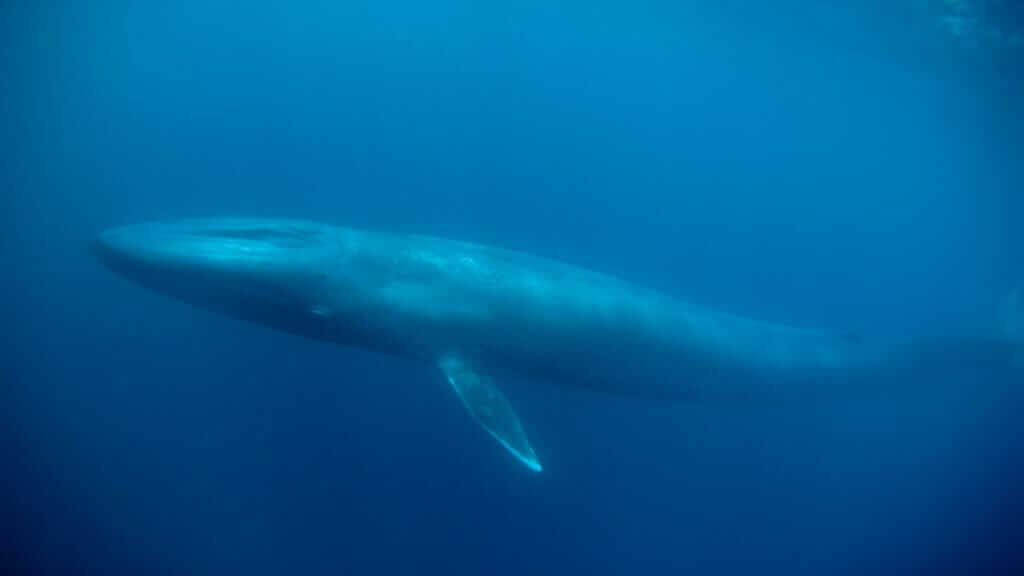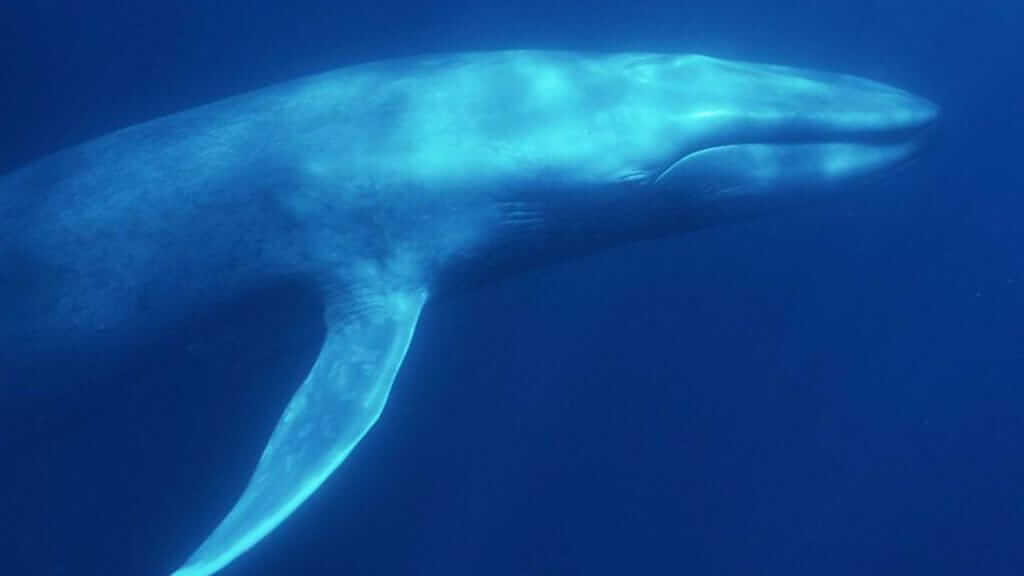BLUE WHALES
This mammal’s length and girth, sits at the top of the list of its species, weighing in at up to 150 tons and measuring as much as 90 ft. The Blue Whales in the Galapagos Islands are migratory species, often seen off the coast of Wolf and Darwin Islands during the dry season.
Blue whales travel distances of 5000 km from Southern Chile to bask in the nutrient-rich waters of the Humboldt Current, but little is known about their habits. Scientists are tracking the massive whale’s movements in the Galapagos Marine Reserve with the hopes of understanding their behavior in regards to finding more clues about their migratory patterns.
In a study published in 2015, researchers tracked a female blue whale named Isabela from the Gulf of Corcovado in Chile to the waters of the Galapagos, providing new insight into the migratory and possible breeding habits of the world’s largest animal.
Blue whales feed on krill, a shrimp-like creature that is part of the vast underwater eco-system of the Galapagos Marine Reserve. They can consume up to 8000 pounds a day, filtering millions of gallons of water through their mouths.
Each year, blue whales are spotted in the Galapagos archipelago; a highlight for scientists and travelers who make the journey to reconnect with the natural world.
For more information about diving tours to Darwin, to discover the animals that live their unfettered by the influence of man, contact one of our team members while referencing the options for land and sea excursions on our website.


